Informed ER Staff Schedules Drive Better Care And Serious Expense Savings
Staff Scheduling Impacts Patient Care. Here’s How to Ensure Your ER is Always Prepared to Care for the Patients in your Community.
Emergency departments are complex ecosystems with many unpredictable variables, including dramatically fluctuating patient populations by the hour, in some cases. Aligning staff schedules with the ER patient care workload in such a dynamic environment is among the toughest challenges to be solved—but it’s also one of the most important.
Ensuring the right staff are in the right place at the right time not only benefits the bottom line, it supports a higher level of patient satisfaction and quality care in one of the most publicly visible departments within the healthcare system.
Designing a flexible and economical ER staffing plan should be a key priority for healthcare leaders hunting for efficiencies. However, there is no one-size-fits-all solution for ER staff allocation, due to the unique variables present in each ER, from behavioral health dynamics to patient visit seasonality.
The best way to address patient needs with optimal staff productivity is through a customizable staffing model, based on each ER’s unique visit patterns. Understanding the full scope of staffing needs across the ER will illuminate the biggest opportunities for improvement while maintaining or improving patient care and service.
In my experience working with large hospital systems for more than a decade to maximize efficiency and reduce avoidable labor spend, substantial savings are achievable without staff reductions. This is made possible by a comprehensive analysis of all related ER support departments and designing a staffing model informed by historical visit patterns.
ER Understaffing And Overstaffing Pain Points
The consequences of improper staffing extend far beyond the timeclock. In fact, they erode the key tenet of quality patient care when unintended staff-to-patient ratios are forced by unexpectedly absent caregivers or patient volume surges. Compounding these challenges, volume surges commonly drive extended wait times. In turn, many patients leave the ER without being seen. When this happens, patient healthcare needs go untreated and hospitals miss out on revenue from the lost visit.
Unexpected understaffing presents challenges for all caregivers, including ER support departments such as radiology, laboratory, and patient registration. Higher workloads than intended lead to staffing levels that are too lean, which create throughput problems in the short term, and in the long term drive staff turnover above industry standard levels.
Of course, overstaffing is as much of a problem as understaffing due to inefficient labor spend management. Millions of labor dollars are wasted annually in many ERs that could be reallocated or could contribute to hospital margin expansion, as the cost of healthcare continues to rise.
Implementing a new schedule is a challenge for any enterprise, but particularly in the unpredictable, time-crunched, and often stressful environment of an ER. Despite these challenges, managers must still make efficient staffing decisions; the key is equipping them with the correct information and tools.
Analyzing Census Data For All Seasons
Most ERs experience both overstaffing and understaffing in the same day. While this may seem unbelievable, it is quite common, and most often due to varying census levels throughout a given day, with misaligned staff schedules.
One common obstacle that many managers encounter when aligning staff schedules with workload is understanding what data set to use. It may be common practice to use the prior month’s staffing as the baseline, but this can perpetuate a broken system.
A smart place to begin the process of aligning ER staff with workload is by reviewing patient census patterns by hour. It is common for managers to attempt to align staff with arrival patterns, but arrivals only align with workload for physicians and the registration staff, whose diagnostic and registration work is front-loaded during the patients’ visit. Another reason that aligning staff to workload is so challenging is that ER volume is typically measured in visits, which does not take into account how long each patient stays (this can range from 60 minutes to multiple days).
Therefore, a holistic analysis is required. ER throughput involves multiple key departments that must be aligned for optimal efficiency throughout a 24-hour cycle. Separate departmental analyses for registration, physicians, nurses, radiology and laboratory should be completed to support a holistic approach to staffing and patient care throughout the visit. Each departmental analysis should also account for hourly, day-of-week, and seasonal workload variances.
This detailed analysis is the foundation for reenvisioning a data-driven daily staffing plan. The next step is to provide comprehensive training for managers and other leaders that oversee ER scheduling and budget responsibilities. Understanding the key factors that drive productivity and approaching staff scheduling based on anticipated patient demand will greatly enhance managers’ implementation of the new staff schedules.
Achieving Major Labor Cost Savings, Without Reducing Workforce
With so many numbers to analyze and departmental variables to consider, it can be a heavy lift for department leaders to manage on their own. System leadership may choose to leverage system-level experts, if they have them, or bring in outside contractors to achieve a workable solution.
My team of industrial engineers utilized this holistic analysis model with a Central Florida nonprofit health system with seven ERs, achieving superior results: An annual savings of $2.3 million in labor cost savings—without reducing workforce. Further, productivity performance was boosted by 5 percent and system hospitals reduced their ER length of stay by 37 percent.
By shadowing front-line staff in the ER and ancillary departments, the team quickly identified a tailored approach for optimal success—considering unique operations and patient arrival patterns. After reviewing the historical census data across the system, we were able to create staffing plans that aligned with anticipated patient volumes.
This partnership with front-line staff and a grassroots implementation approach made staff more amenable to schedule changes and ultimately supported the goal of ensuring the right staff are in the right place at the right time.
